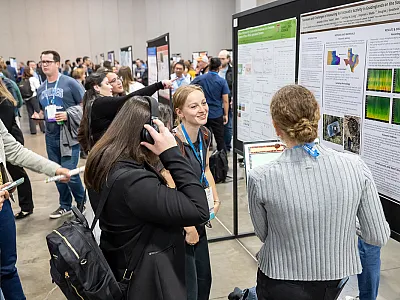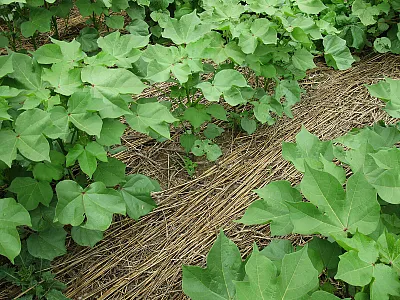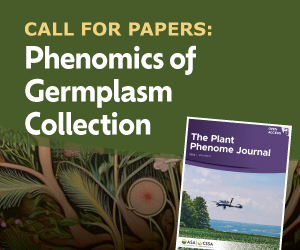Designing agroecosystems with computers

Computers and data are everywhere: in our cars, our watches, our phones, and increasingly as part of the design process. Often, we use computers to optimize specific processes. While this is a great use of these tools, it is only one way to capitalize on their potential. As a society, we are trying to find the best way to use computers to make agriculture more productive, environmentally friendly, and profitable. Using computers to explore how different systems can be designed provides a new opportunity to leverage the massive amount of computing power to imagine new designs of agricultural systems.
A special section was recently published in Crop Science on “Computational Design of Changing Cropping Systems.” Authors were asked to explore different ways of computing, from the standard optimization problems to more complex and abstract modeling addressing novel, system-level problems. From studying the spatial arrangement of soybean plants to improve yields, to utilizing minirhizotron cameras and machine learning to select for plants with ecosystem-service-boosting root traits, authors explore the potential of computers and agricultural design.
Computational design in agriculture has the potential to make better use of the tremendous amount of data being generated to understand new and never-before designed systems. Creating more ways to use modeling and design theory in agriculture provides new opportunities for win-win scenarios for science and farmers.
Dig deeper
Check out the Crop Science special section, “Computational Design of Changing Cropping Systems.”
The articles in this special issue resulted from a workshop at the 2023 ASA, CSSA, and SSSA Annual Meeting (now known as CANVAS). Registration is currently underway for CANVAS 2025.
Text © . The authors. CC BY-NC-ND 4.0. Except where otherwise noted, images are subject to copyright. Any reuse without express permission from the copyright owner is prohibited.










